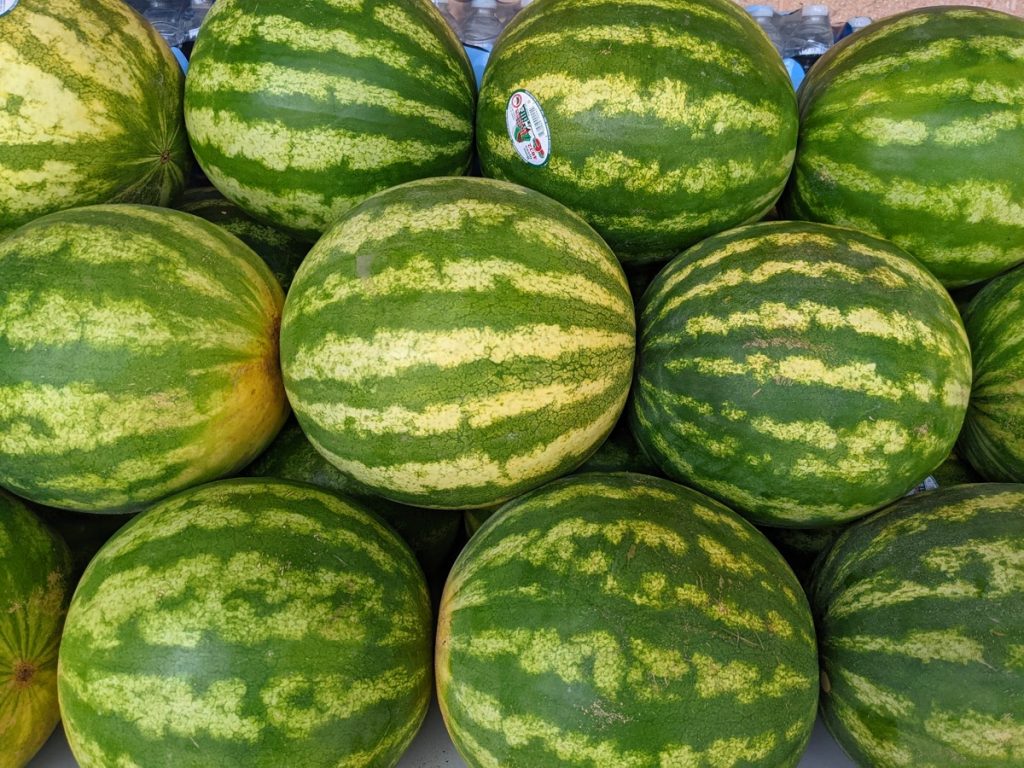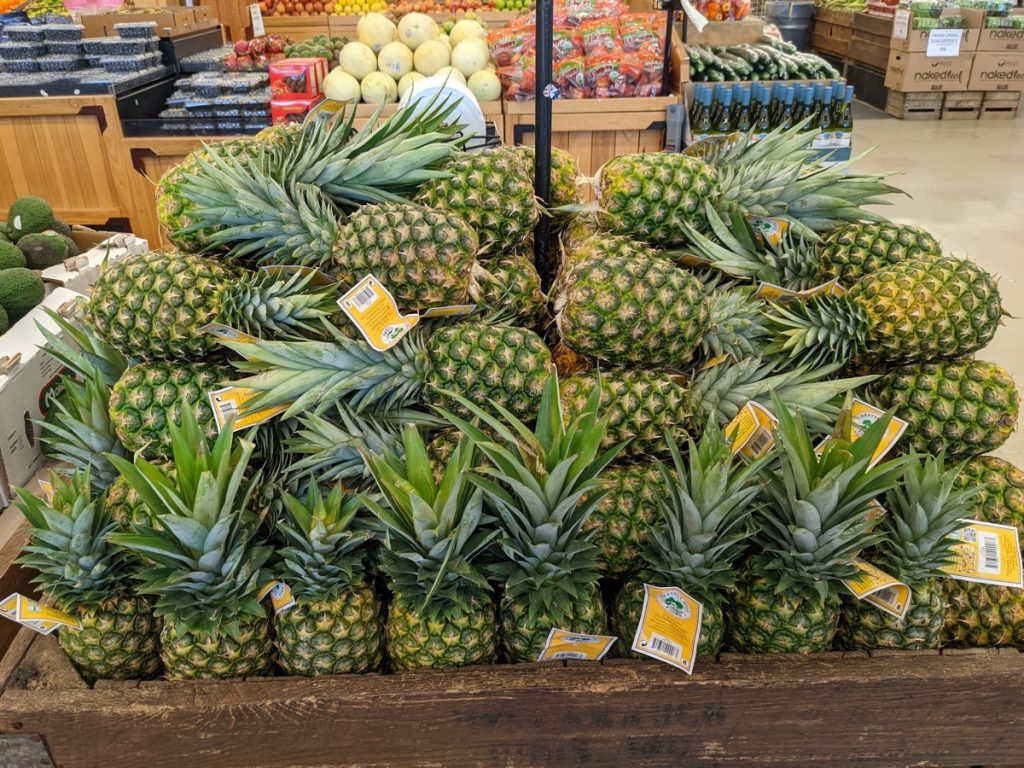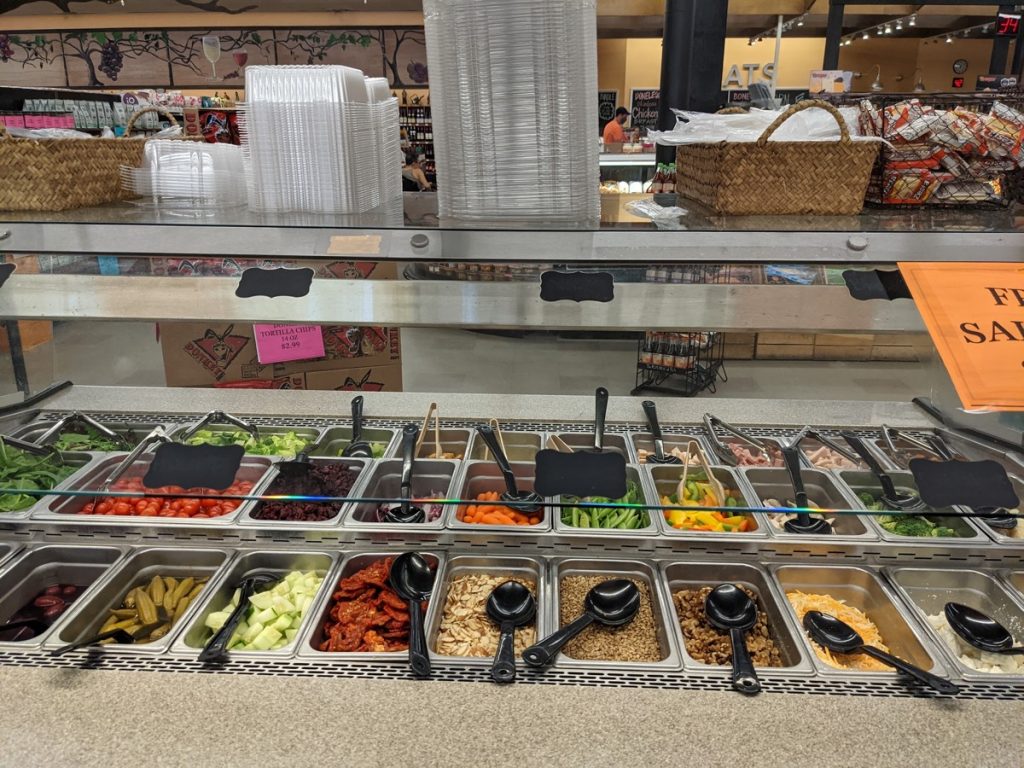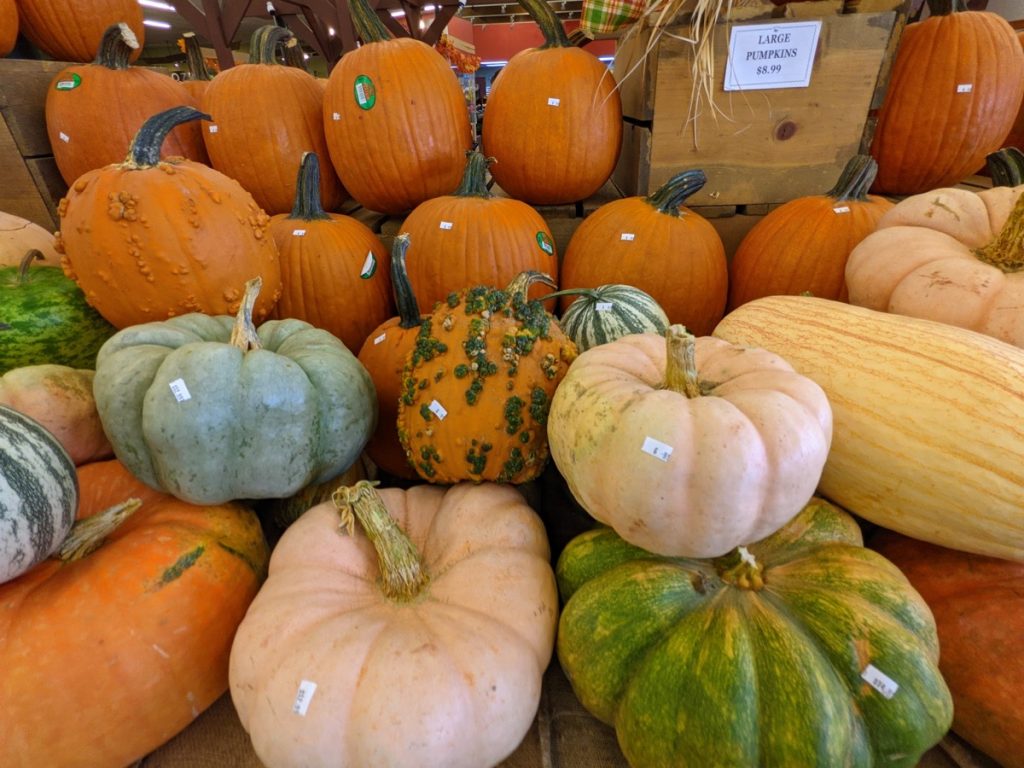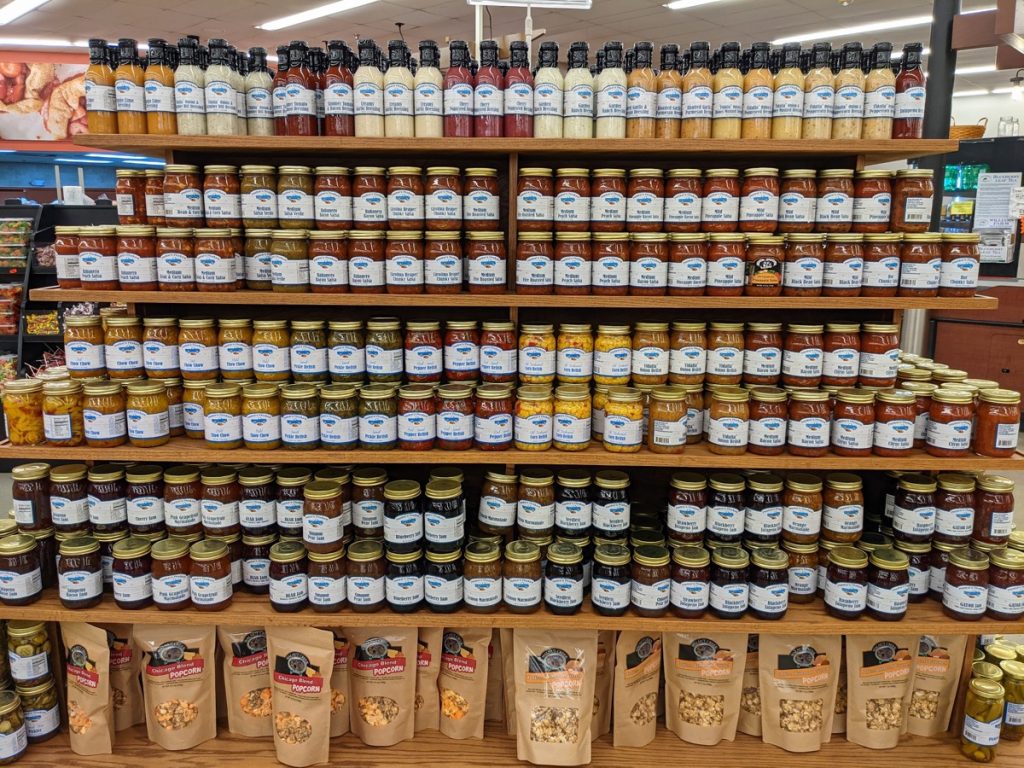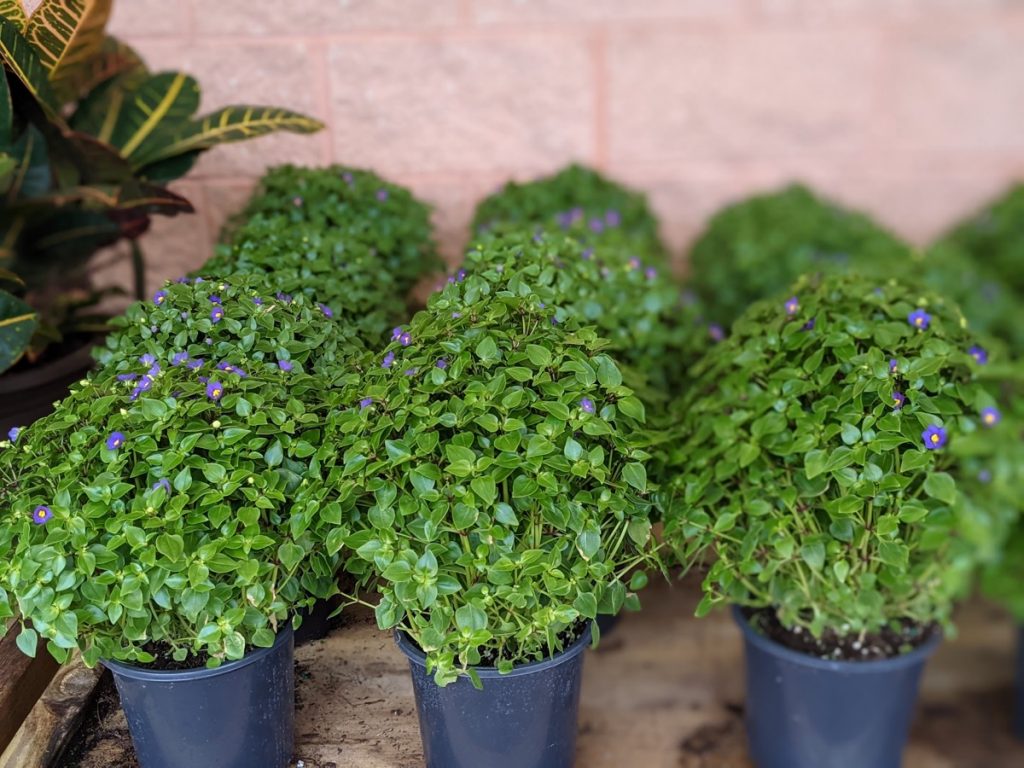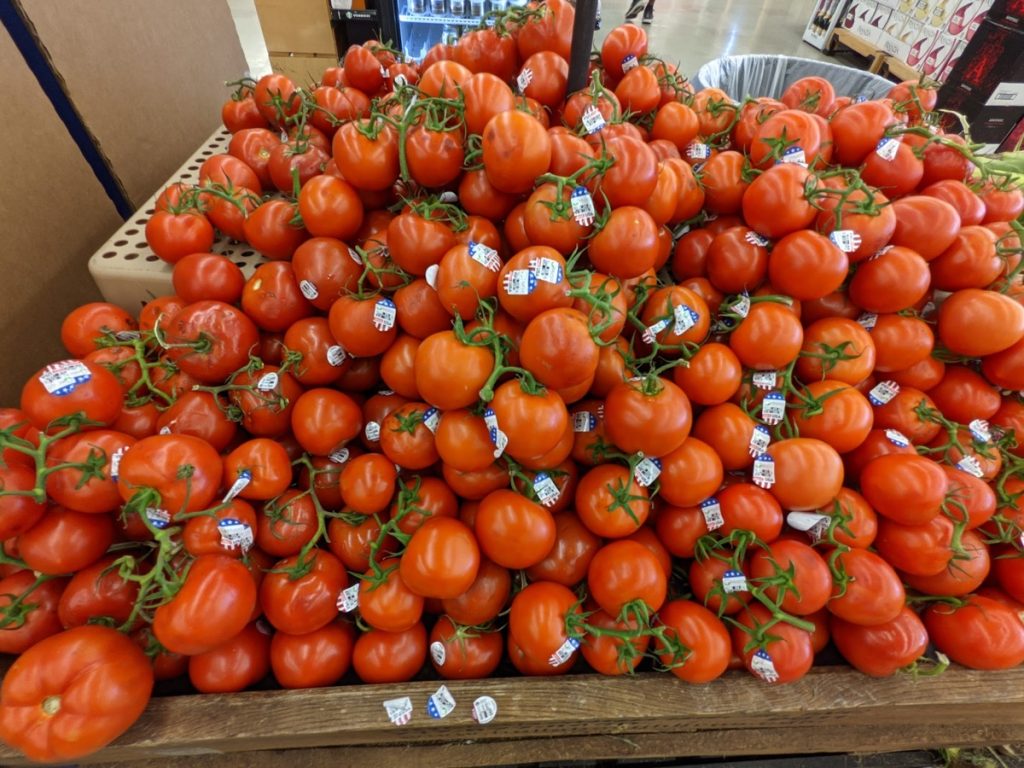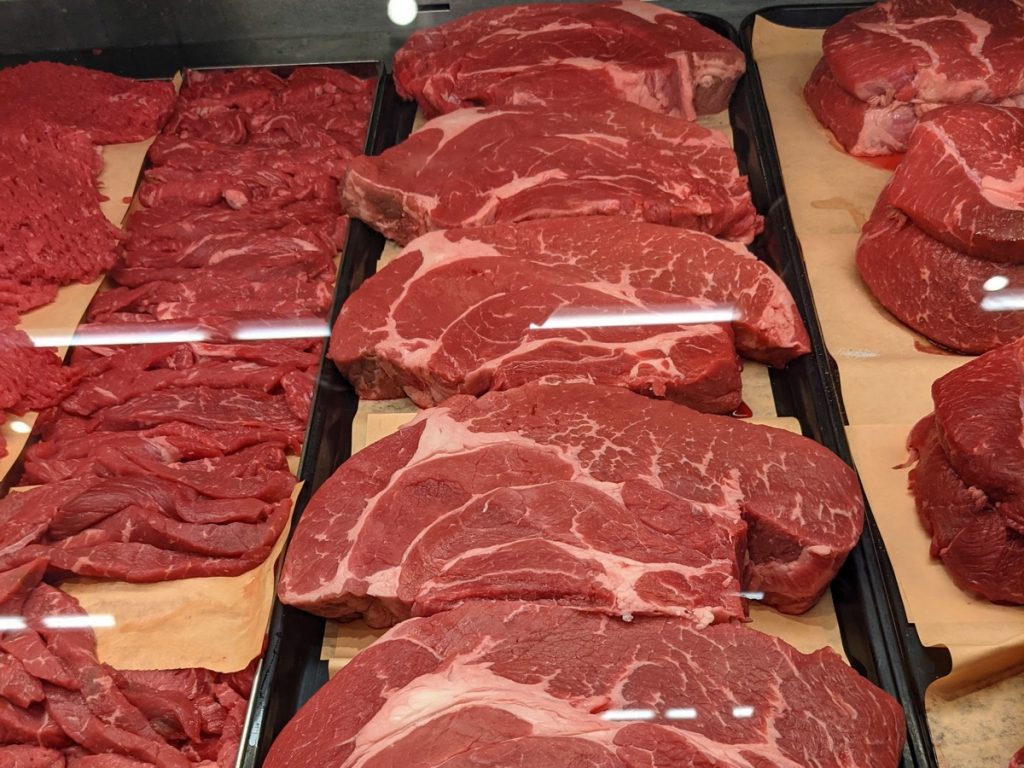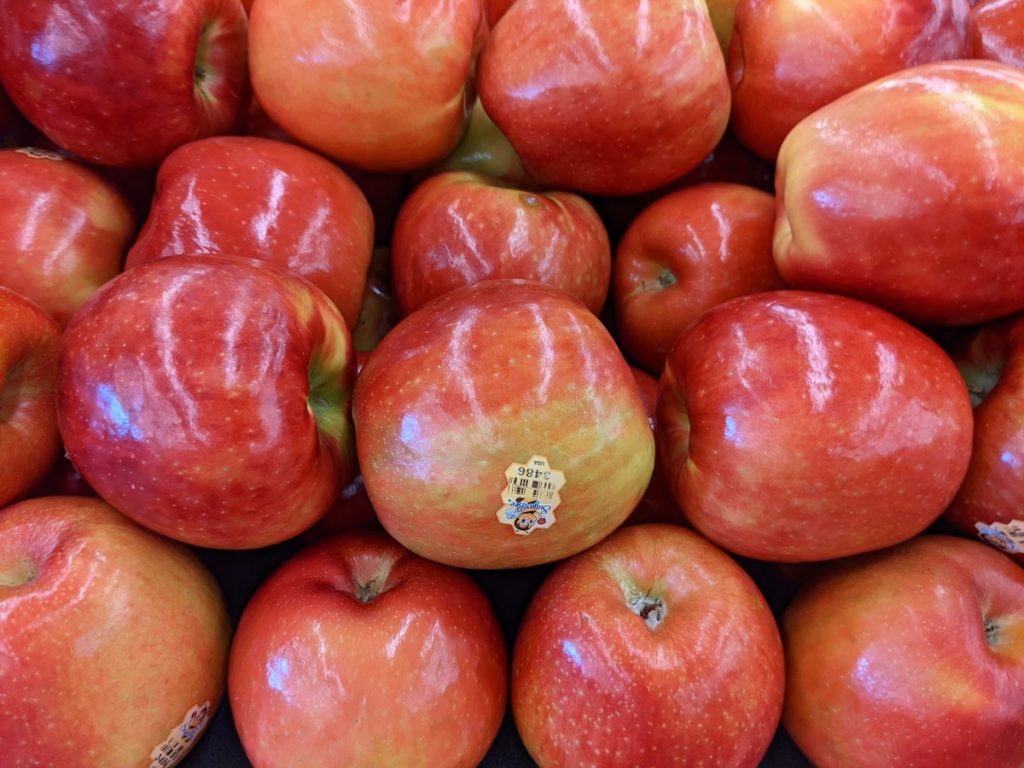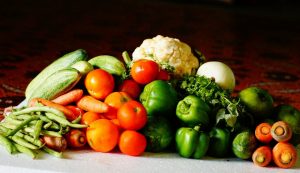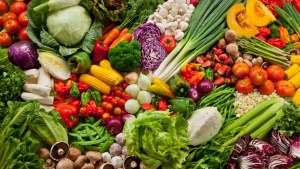If you can, it is always best to store your fruits and vegetables on the counter as opposed to within your
refrigerator, but let’s be realistic. Whose lifestyle lends itself to shopping daily for fresh fruits and
veggies? To ensure the longevity of some of our favorite fare, we sometimes have no choice but to
choose the refrigerator over the counter for storage. However, for some fruits and vegetables,
refrigerator storage can be “counter” productive…
Let’s first talk tomatoes. Refrigeration is sacrilege for tomato storage – stealing their tangy flavor and
turning them into a mealy mess. Tomatoes are best left on a sunlit portion of your counter while they
ripen to perfection. The delicate texture of stone fruits, like cherries, peaches and plums, can also
become mealy when stored in the refrigerator. Apples and pears will lose their flavor in the refrigerator,
while they tend to keep well on the counter. And while melon flesh is softer at room temperature;
cantaloupe, honeydew and watermelon are delicious when they are cold. So store the latter three on
the counter until you slice them, and then feel free to store the pieces in the refrigerator for a few days.
So what about onions? Scallions can be kept in the refrigerator, but other onion family members, like
shallots, yellow onions and Vidalia onions need to breathe and are better left on the counter. Same goes
for garlic. Zucchini fares well the refrigerator, but thicker skinned squash, like butternut and acorn,
should be stored at room temperature to preserve their texture. It’s also awkward to store these bulky
beasts in your refrigerator, so consider this one a win-win. Don’t put your potatoes in the refrigerator
either. Store your potatoes, including the sweet variety, in a cool, dark, dry place to hinder sprouting.

Counter or Fridge – Where Do Your Fruits and Veggies Go?
Share this:

